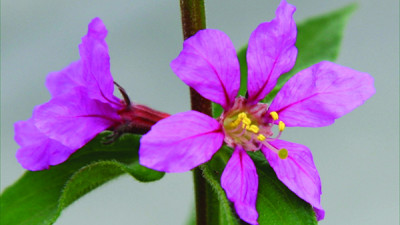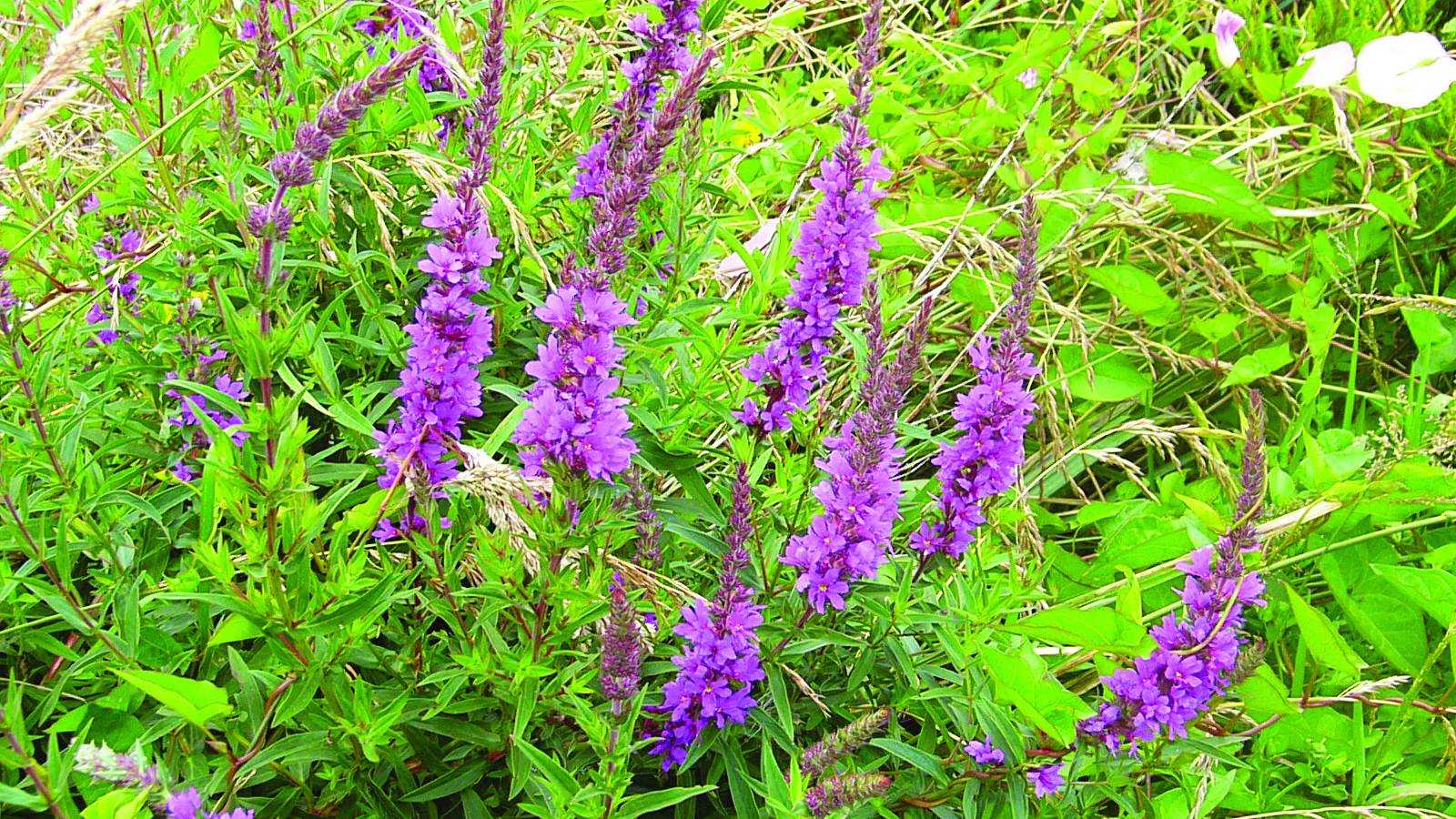| Management programme |
| Eradication. |
| Objectives |
| Reduce the level of infestation of purple loosestrife within the Waikato region to zero density to prevent adverse effects and impact. |
| Impacts |
| Economic, biodiversity, water quantity/quality |
Native to Europe, Asia, North Africa and Australia it was first recorded in the wild in New Zealand in 1958. Large infestations in North America are causing huge damage to wetlands, completely altering food chains, causing flooding and blockages by trapping sediments. Purple loosestrife has also started to encroach on drier sites such as pasture and cropping land.

What does it look like?
Size
Attractive, erect, perennial herb up to 1m tall (but can grow taller).
Stems
Wooden square stems, smooth or hairy.
Flowers
Numerous magenta flower spikes seen December to February.
Roots
Grows from extensive root system that is very dense and wooden.
Seeds
Seeds in autumn.
Where is it found?
Invades wetlands, lakesides, streams, swamps, bogs that are damp in winter and drier in summer, and creeps onto dry margins.
Why is it a pest?
- Purple loosestrife is a highly aggressive invader of wetlands.
- Forms massive, tall, impenetrable stands, excluding all other species.
- Able to dominate wetland and food sources for many fish and bird species.
- Prevents access for wetland birds and recreational users, and out-competes native vegetation, reducing biodiversity.
- A single mature plant can produce over two million seeds per year.
- Seeds are fertile in the soil for up to three years.
How does it spread?
Seed is spread by the movement of water and contaminated machinery, soil, livestock and hay.
How do you get rid of it?
Purple loosestrife is exceedingly difficult to control. Please do not attempt to control it. Let us know if you think you have seen this plant or have it on your property by calling 0800 800 401 to report it to your local biosecurity pest plant officer.
More information
Publications
- The following publications are available for download or from Waikato Regional Council. Contact us to request a copy (freephone 0800 800 401).





